
The Pyrus they are very beautiful trees with various uses. There are many species that are grown both in gardens and orchards, and even in large pots.
Every spring they produce very cheerful flowers, of a magnificent white color, and in just a few months afterwards anyone will be able to eat their freshly picked fruits from the specimens. Know them.
Origin and characteristics of the Pyrus
Our protagonist is a genus of trees and a few deciduous shrubs composed of about 30 species native to the temperate zones of Europe and Asia. Most grow between 10 and 17 meters in height, but there are some that reach 20 meters, such as the Pyrus pyraster or wild pear, and others that stay between 8 and 12 meters, such as the Pyrus nivalis or snow pear tree.
The leaves are alternate, oval, petiolate and sharp, with a size between 3 and 10 centimeters long. The flowers are grouped in inflorescences called corymbs, and they are white. Once they are pollinated, begin to produce edible fruits known as pomos that take on a round or pyriform shape, with sizes ranging from 2 to 6 centimeters.
Main species
The new options are the following:
Bourgaean Pyrus
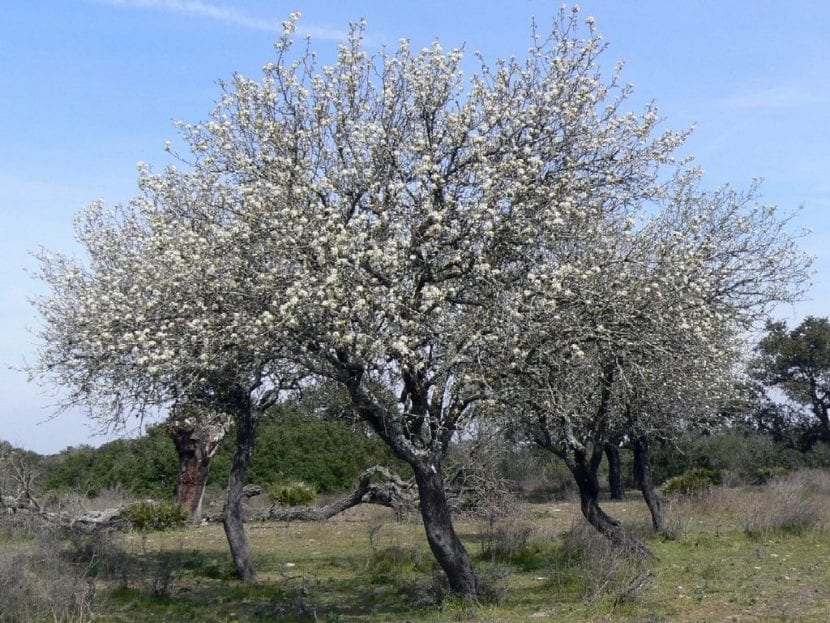
Image - Wikimedia / Bourgaeana
Known as pyrutane or wild pear, it is a tree up to 10 meters high native to the Mediterranean forest. It produces small fruits, up to 3cm long by 2cm wide.
Calleryan Pyrus
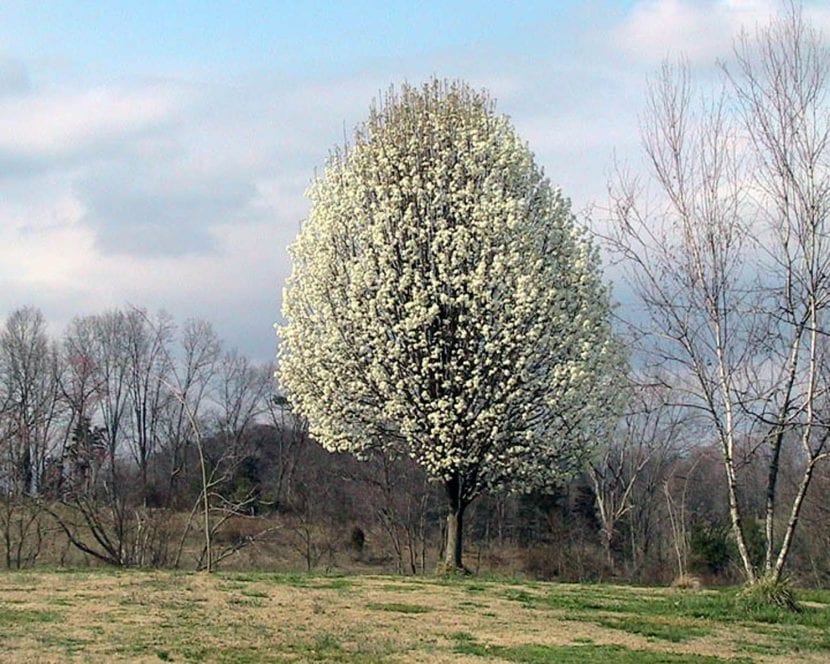
Known as flowering pear or Callery pear tree, it is a tree between 15 and 20 meters high native of China. Its fruits are small, less than 1cm in diameter, which is why it is not used much as an edible plant but rather as an ornamental one.
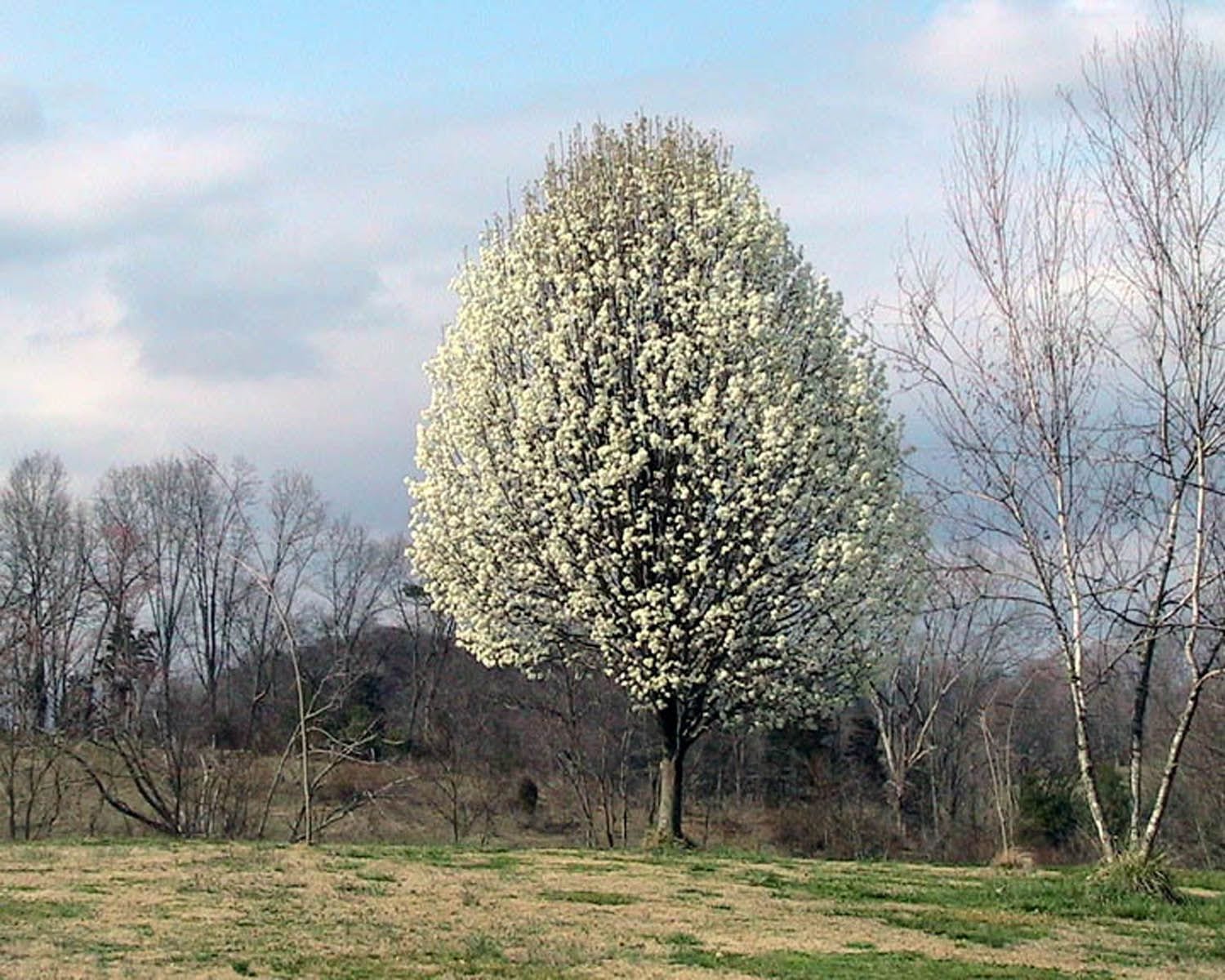
pyrus communis

Image - Wikimedia / Prazak
Known as European pear or common pear, it is a tree between 2 and 10 meters high native to Eastern Europe and Asia Minor. Its pears are of good size, up to 6cm, with a pleasant flavor.
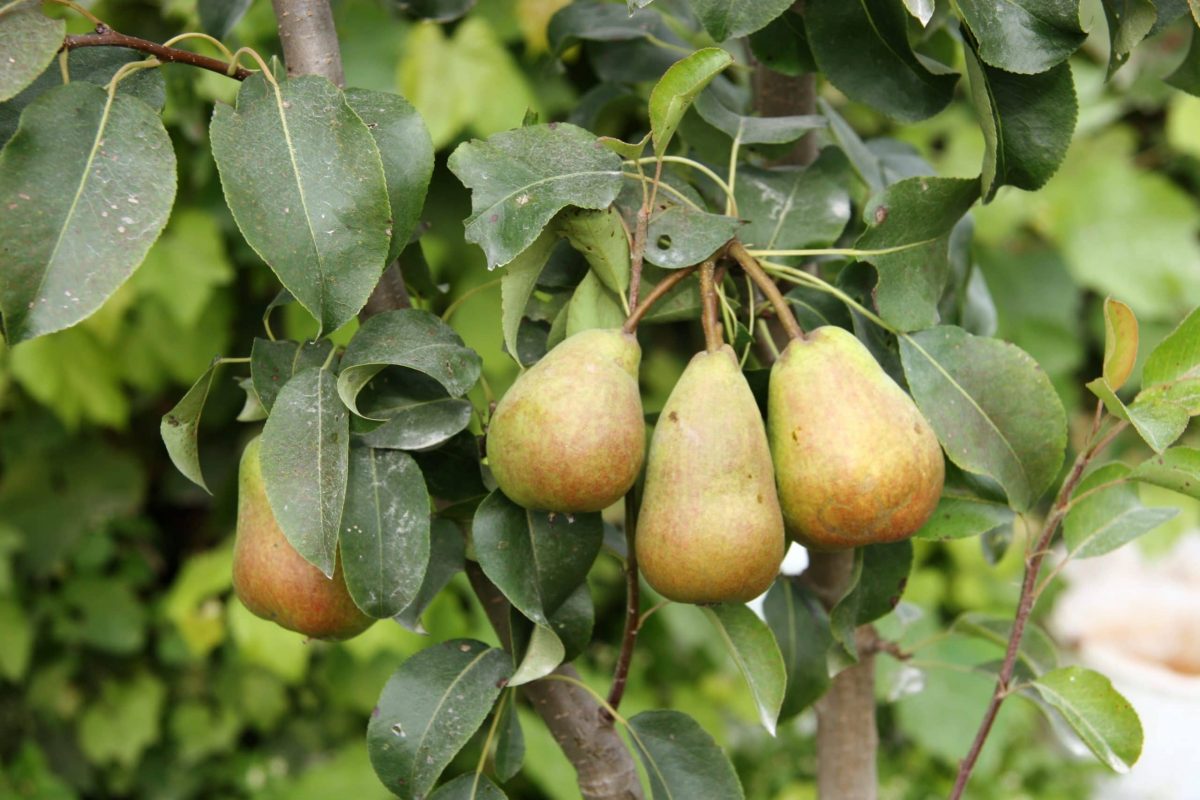
Pyrus cordata

Image - Wikimedia / Elisardojm
Known as the Atlantic wild pear, it is a shrub between 2 and 3 meters high native to the Atlantic region of France and the Iberian Peninsula. It is used as an ornamental plant only, as its fruit is very small and bitter.
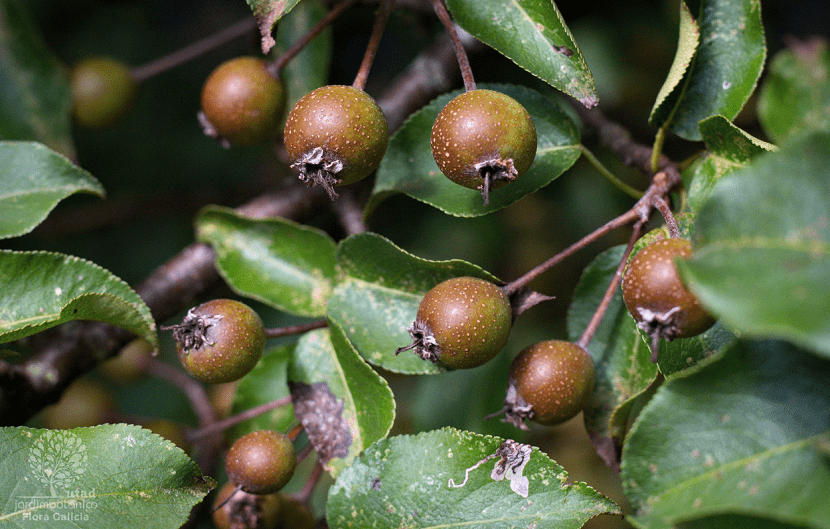
Pyrus pyraster
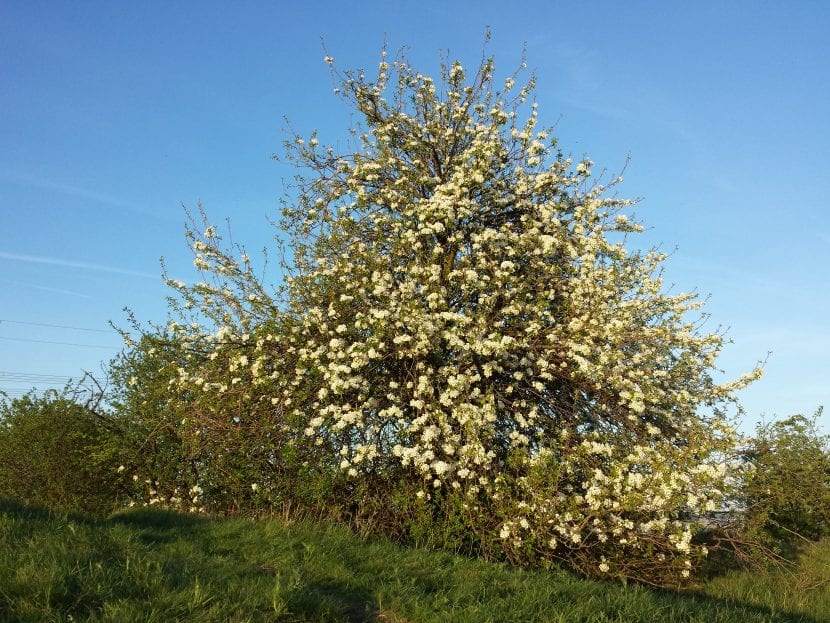
Image - Wikimedia / Stefan.lefnaer
Also known as wild pear, it is a tree up to 20 meters tall native to Central and Eastern Europe, as well as Southwest Asia. The fruits it produces measure up to 10 centimeters.
Pyrus pyrifolia
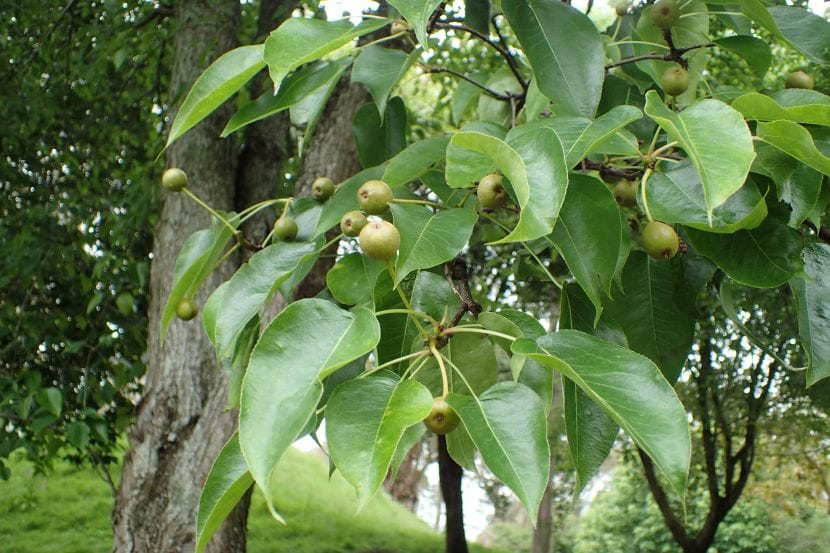
Image - Wikimedia / Krzysztof Ziarnek, Kenraiz
Known as nashi, Asian pear, Japanese pear, Korean pear, Taiwan pear, and apple pear, it is a tree native to Asia that reaches a height of up to 15 meters. Its fruits are very similar to apples, but this species has nothing to do with apple trees (Malus domestica).
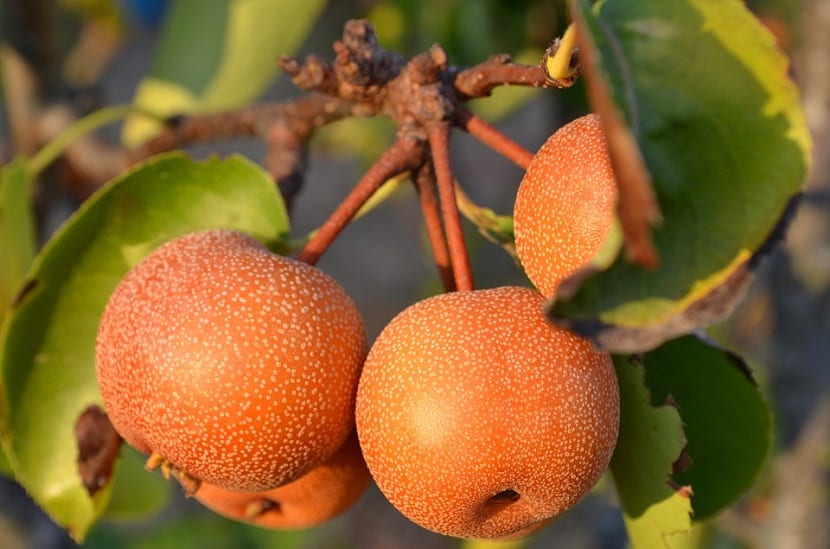
What are the care they require?
If you want to have a Pyrus or pear tree in your garden or orchard, we recommend taking care of it as follows:
Location
Always on the outside, in full sun or in a very bright area. They are not plants that can live either indoors or in the shade. In addition, it must be taken into account that they require to spend between 900 and 1500 hours of cold in winter to be able to produce fruits.
Earth
- Flower pot: it is highly advisable to use urban garden substrate, like this one they sell here.
- Garden: they grow in soils rich in organic matter and well drained.
Irrigation
Frequent. Water an average of 3-4 times a week in summer, and every 4-5 days the rest of the year.
Subscriber
In spring and summer, with organic or homemade fertilizers, such as compost, worm castings, or cow manure, among others.
Planting or transplanting time
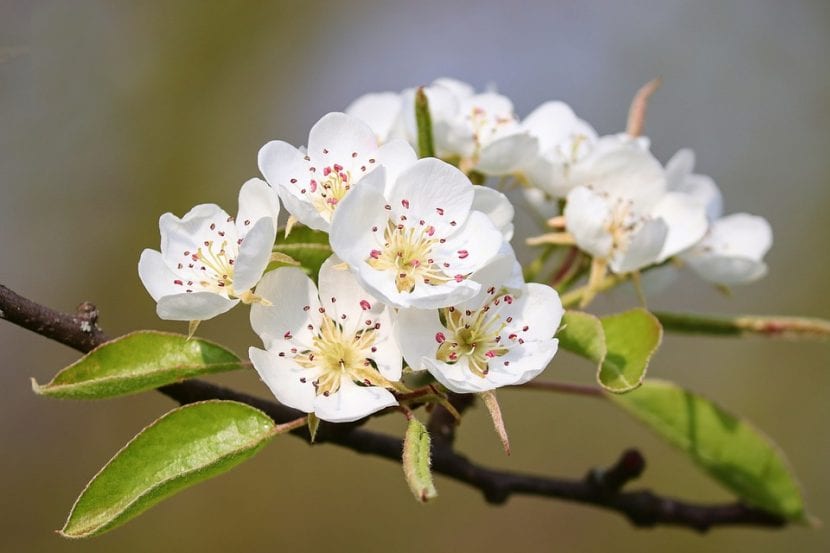
In spring, when the risk of frost has passed. In case of having it in a pot, transplant every 2-3 years.
Multiplication
Pear trees they multiply by seeds and by grafting.
Seeds
They are sown in spring, for example in seedling trays with substrate for seedlings (for sale here). Try to put a few in each alveolus, no more than 2-3, and cover them with a thin layer of substrate. Finally, it is watered and placed outside, in semi-shade.
They will germinate in about a month.
Grafts
Bud grafts are made in autumn-winter on the following patterns:
- Franco: resists limestone soils very well.
- Quince tree: it is often used due to the great homogeneity of the grafted plants.
- Pear birch leaves (Pyrus betulaefolia): it is a tree native to China, from which a line has been selected for its good resistance to dry land and for its resistance to aphids.
The step by step to follow is as follows:
- First, you have to make a T-shaped incision in the pattern, and with the help of a knife trowel, separate the bark without applying too much pressure.
- Now, make a longitudinal cut of 3 centimeters, from bottom to top, around the yolk, and in a transverse direction.
- Then, insert the gusset into the incision, and tighten it as much as you can with a little downward pressure.
- Finally, tie it with plastic starting below the bud, giving a couple of turns. When you're done, do the same above this.
If everything has gone well, in less than a month (normally, after 20 days) you will be able to remove the plastics.
Pests
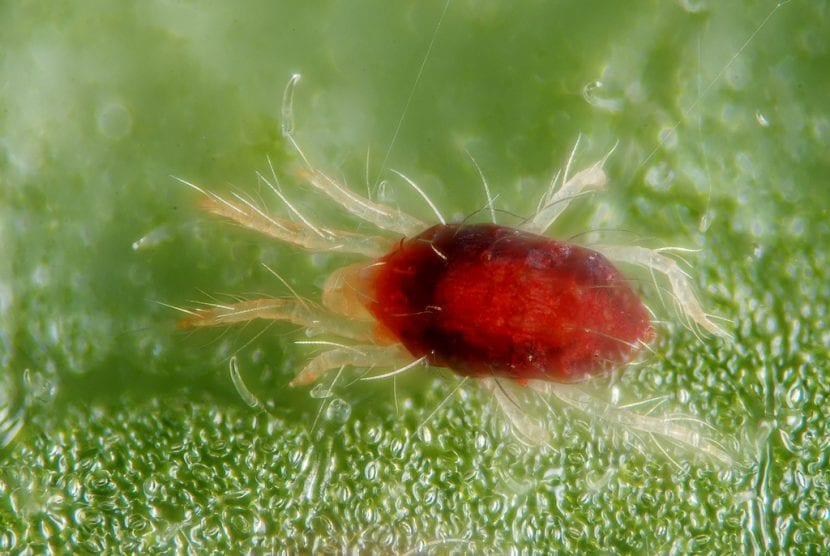
Can have Red spider, pear bug, pear worm, pear meleta, san jose louse, fruit fly and janus del peral.
You can treat it with natural products, such as potassium soap.
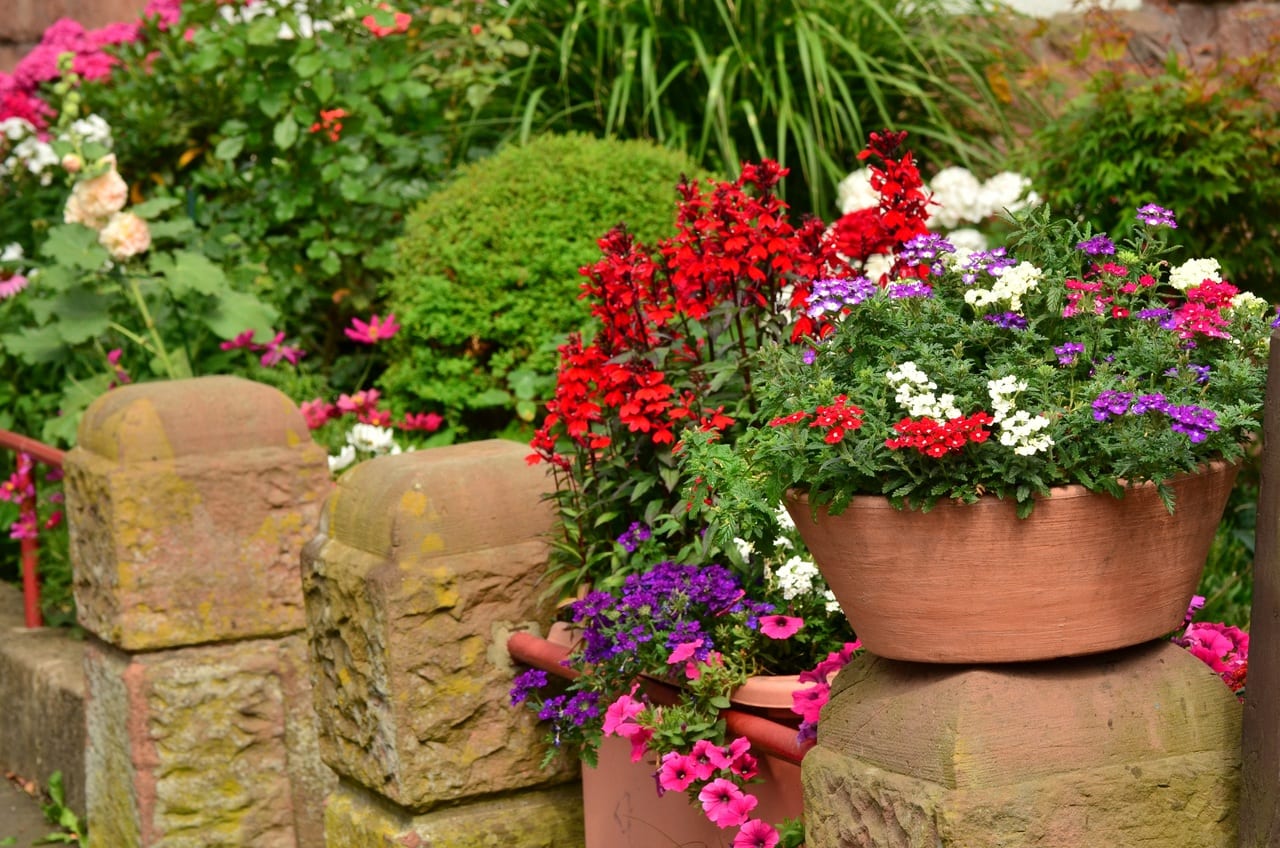
Management
It is quite resistant, but can be affected by mottled and decay of the pear tree.
Keeping the tree well cared for and fertilized, it will be difficult for it to get sick, but if it does, treat it with fungicides.
Harvest
It depends on the variety, but between late spring and late autumn.
Rusticity
All Pyrus resist frosts, at least down to -7ºC, but Asian varieties can live in areas down to -18ºC.
Varieties of pears most recommended for consumption
If you are looking for a variety to plant in your garden or have in pots, take a look at the ones we show you below:
whitish
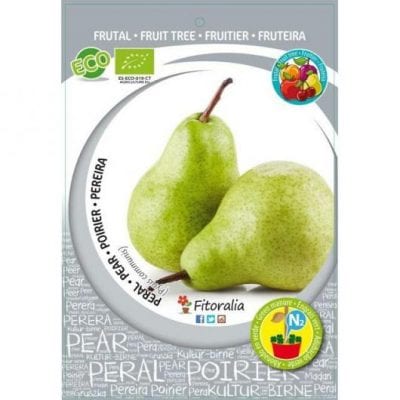
It is also known as white of Aranjuez or water pear, it produces elongated pears, with an oblong shape, and of a light green color. Its pulp is white, sweet and aromatic. The time to harvest them is towards the end of summer.
Buy it here.
Castell
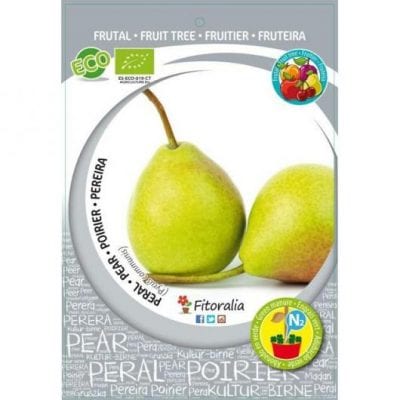
Also known as Sanjuanera or San Juan, it is a variety with high productivity with small, conical, greenish-yellow and pink pears. The meat is white, sugary, and juicy. They are harvested in early summer.
Buy it here.
Conference or Conference
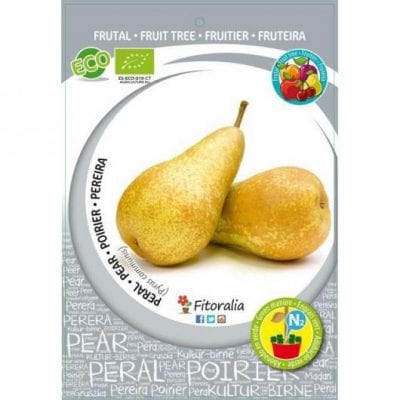
It produces pears of thick size, very elongated, greenish-yellow in color and with white-yellowish, fine and juicy flesh. It's a little sour, but it's delicious. They can be harvested towards the beginning of autumn.
Buy it here.
Ercolini
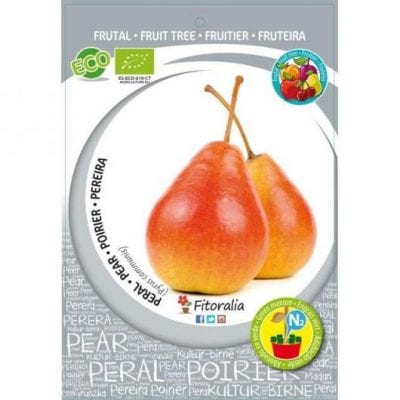
It is a very productive pear variety that produces medium to large fruits with an elongated shape, waxy yellow or reddish in color. The meat is white, very fine, rich in sugar, and melting. Harvest time is early summer.
Buy it here.
Garden Pearl dwarf pear
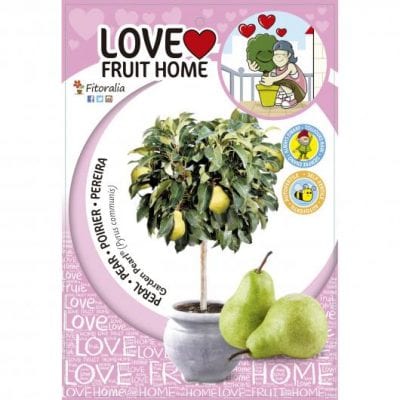
It is an ideal dwarf variety to grow in pots or in small gardens that produces green pears of good size, with white flesh and aromatic and tasty texture that are harvested at the end of the summer.
Buy it here.
Do you dare to have a Pyrus? 🙂